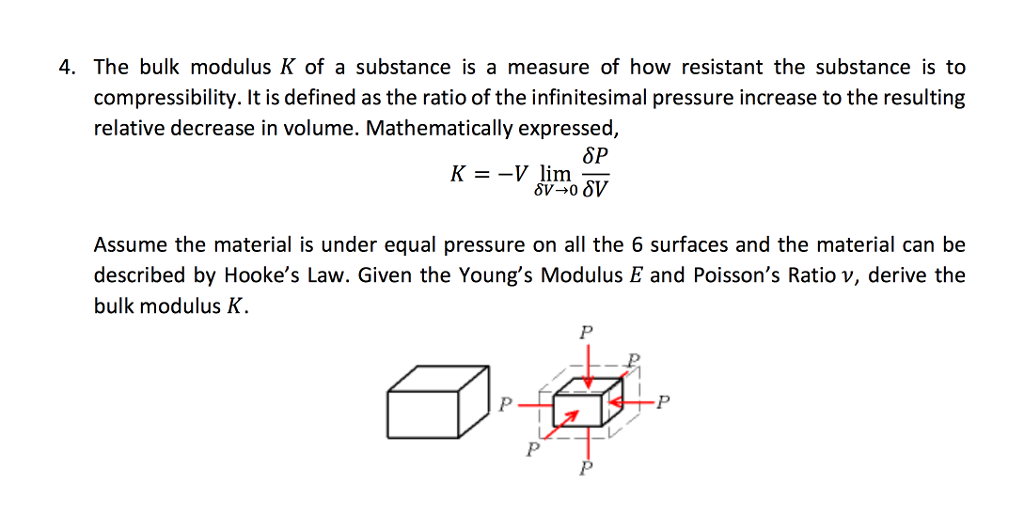

By cracking down on homeopathic products, the FDA is finally holding these modern-day snake oil salesmen accountable. One can only imagine that had he had insulin to treat diabetes or chemotherapies to treat cancer he wouldn't have invented homeopathy. Hahnemann wanted to create medicines that were kinder, gentler, and safer than the medicines of his time. By embracing homeopathic remedies for life-threatening situations, consumers sometimes reject drugs that really could help them. Because these products contain active ingredients, they aren't really homeopathic.īut real homeopathic remedies can also be harmful, especially if consumers think that they're treating serious disorders like asthma, cancer or opioid addiction when they're not. Rather, the FDA's main focus will be on products that contain undeclared levels of active ingredients that could cause suffering or hospitalization or death. Oscillococcinum won't be affected by the new FDA guidelines. Its value - if there is any value at all - comes from people believing that it's working, a response also known as the placebo effect. In the final preparation, the duck's liver and spleen are gone.Ĭosting about $3 per tablet, Oscillococcinum, for all practical purposes, is one gram of sugar. 1 Flu Remedy," Oscillococcinum is made by taking the liver and spleen of a duck, homogenizing it, diluting it 1:100 in water, then repeating the 1:100 dilution two hundred more times. Hanhemann's "law of infinitesimals" lives on today in homeopathic products such as Oscillococcinum. Hahnemann believed that although the active ingredient was gone, the water would remember that it had been there. If the active ingredient was diluted in water, then the final product was water. So he created the second principle of homeopathy: "the law of infinitesimals." Hahnemann diluted emetics and cathartics again and again until not a single molecule of the original ingredient remained. Hahnemann knew that "like cures like" was going to be a difficult sell. And a homeopathic product called nux vomica, which is made from a tree native to India, contained strychnine, a well-known rat poison. Intranasal cold preparations containing zinc have caused anosmia-a loss of smell. For example, Hyland's Teething Tablets, a homeopathic remedy for babies, was found to contain undeclared quantities of belladonna, which can cause seizures, coma, and death. During the past decade, the market for homeopathic products has increased exponentially it's now a $3 billion a year industry. The FDA's proposed policy will be open for public comment for 90 days.Īlthough the FDA hasn't regulated homeopathic remedies since the passage of the Food, Drug, and Cosmetics Act in 1938, times have changed. "Worse, may cause significant or irreparable harm." "In many cases, people may be placing their trust and money in therapies that bring little to no benefit," said FDA Commissioner Scott Gottlieb. Specifically, products that contain dangerous ingredients, products administered by unusual routes, such as injection, products claiming to treat life-threatening conditions, and products for vulnerable populations, such as infants, children, the elderly, and pregnant women. 18, FDA officials announced plans to limit the sale of certain homeopathic products. Homeopathic remedies, unlike most medical therapies, have never been effectively regulated by the Food and Drug Administration (FDA)-until now.


 0 kommentar(er)
0 kommentar(er)
